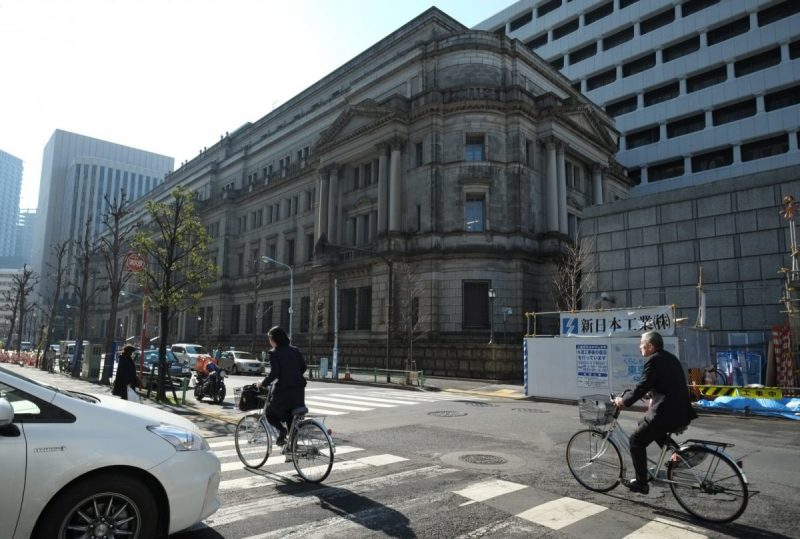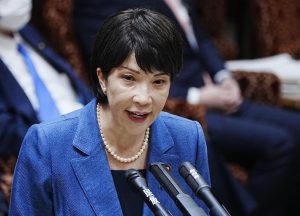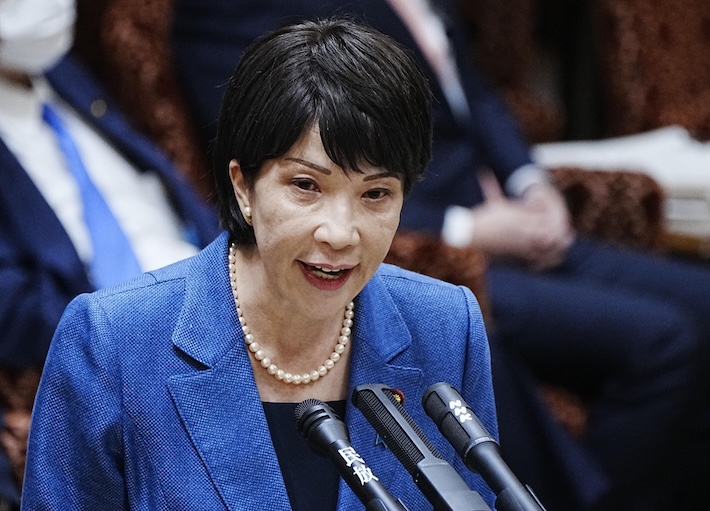Trade of the Day: Stocks, futures in broad relief rally on stimulus hopes; US Treasury yields plummet as rate cut eyed.
Quote of the Day: “We believe the Fed will announce an interest rate cut as a preemptive step at the Federal Open Market Committee’s next gathering on March 18, and keep the door open for further cuts as needed. If things deteriorate further, we believe a 50-basis-point cut is possible,” said Tiffany Wilding, PIMCO US economist.
Stock of the Day: Clothing company Shenzhou International rose as much as 6.8% after it announced its actual production capacity had reached approximately 95% of the original normal production capacity as workers had returned to work from the Lunar New Year break.
Number of the Day: 1.03% The yield level struck on Monday by 10-year US Treasuries, an all-time low
Tip of the Day: “Equity valuations are also not yet particularly cheap – except against bonds. The global 12-month forward P/E ratio has fallen back but is only a little below the long-term average of 15.8x and remains well above the low of 12.5x touched at the end of 2018. The one positive is that central banks will very likely step in to support the economy. Markets could well decline further before they see a sustained recovery and we believe the most prudent course of action is to retain our neutral equity position for now,” said Rupert Thompson, chief investment officer at Kingswood, a wealth management group.
Financial markets roared back to life on Monday on intervention expectations from the central banks of the world’s three biggest economies, giving investors hope. Bank of Japan (BoJ), joined the US Federal Reserve and the People’s Bank of China in promising economic support to offset the financial damage from the coronavirus. The Bank of Japan said it will “closely monitor future developments, and will strive to provide ample liquidity and ensure stability in financial markets through appropriate market operations and asset purchases.”
That fueled a rally in markets starting with Japan’s Nikkei 225 index, which rose 0.95%, while the CSI 300 index surged 3.29% and the Hang Seng Index climbed 0.62%. The MSCI Asia Pacific ex-Japan index added 0.92%.
“We suspect that the BoJ’s response to the coronavirus will mostly consist of liquidity provision to banks and a renewed acceleration of its ETF purchases. We are not forecasting a cut in the bank’s short-term policy rate,” said Capital Economics in a report.
This added to the optimism sparked by the US central bank, which said it would “use our tools and act as appropriate to support the economy.”
China’s central bank said small- and medium-sized businesses nationwide with principal or interest due between January 25 and June 30 can delay repaying their debt without attracting penalties.
This followed a record low reading of the Caixin to 40.3 for February, the lowest level since the survey began in 2004, falling steeply from January’s 51.1 and missing the analyst forecast of 45.7.
“Production halts and severe staff shortages had contributed to intense capacity pressures during February, as signaled by the fastest rate of backlog accumulation for almost 15 years,” said Bernard Aw, principal economist at IHS Markit. “The timing as to when the coronavirus-related restrictions will be relaxed is critical to restoring China’s manufacturing productive capacity – and therefore engendering a recovery.”
But he predicted a recovery next month.
“Nevertheless, the current situation is expected to improve as soon as in March with an increasing number of manufacturing enterprises resuming work.”
The futures on the S&P 500 Index rose 0.7% and Nasdaq 100 Index futures jumped 0.9%, but European stocks were down with the Stoxx Europe 600 falling 0.2% as investors worried about the spread of the virus in Italy, Spain, Germany and France.
The IHS Markit US Manufacturing PMI fell to 50.7 in February from 51.9 in January, but analysts saw some signs of improvement.
“As expected, the release highlights supply-chain disruptions due to the impact of the coronavirus in China, but interestingly the survey indicated stronger optimism in future production. Whether this optimism will manifest into future output will likely be dependent on the spread of the virus and its impact on supply and demand,” said Rob Mangrelli, director at Chatham Financial.
“Markets have already priced in an accelerated pace of Fed rate cuts over the last two weeks and will continue to assess the impact of the virus along with the potential monetary policy response as additional tier 1 economic data such as services PMI and nonfarm payrolls are released later this week.”
























